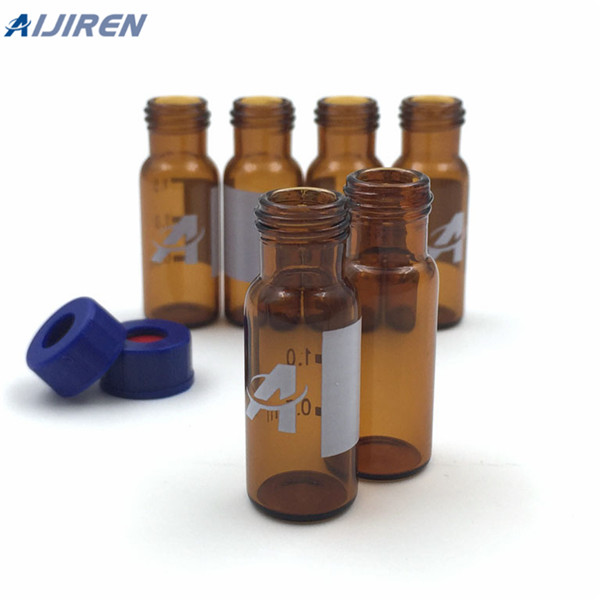
Sep 19, 2020 · 1. Reduce pH and inhibit the ionization of the silica hydroxyl group. 2. Increase buffer salt and increase buffer effect 3. Since the buffer capacity of each buffer salt is different, it can be adjusted by changing the buffer salt 4. Influence of shielding silica (such as adding triethylamine)

Abstract. The shape of chromatographic peak is of utmost importance since it can inform the scientist of the processes which occur in the column where the separation is taking place. Consequently, the shape can yield a wealth of information dealing with such diverse topics as the recognition of strongly overlapped peaks and adsorption
.jpg)
Jul 1, 2012 · A buffer concentration of 5–10 mM usually is adequate to buffer the mobile phase, column, and injection solvent in reversed-phase separations. If buffer concentration problems are suspected, double the concentration and see if this fixes the peak shape. After the mobile phase is eliminated as the problem source, look to the column.
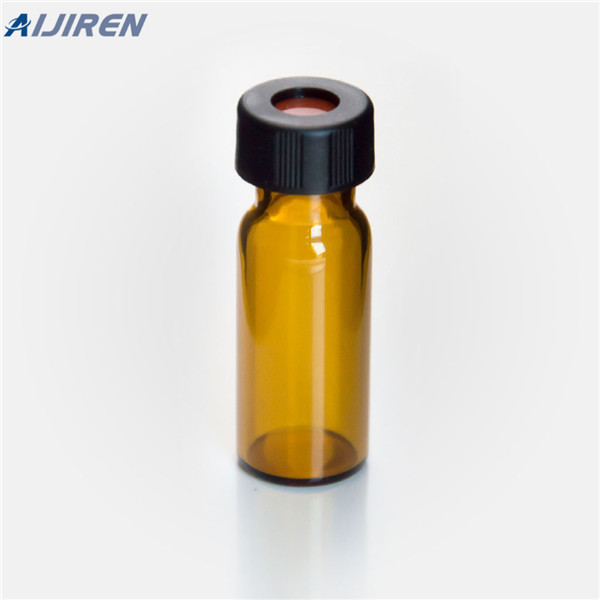
Jun 18, 2013 · However, excellent chromatographic peak shape [asymmetry factor (A s) < 1.05] was instantly restored whenever a cleaned ion source was inserted into the MS (Figure 1A), but the problem commonly returned after the injection of a single sample in DCM and became progressively worse with the number of injections (Figure 2A).
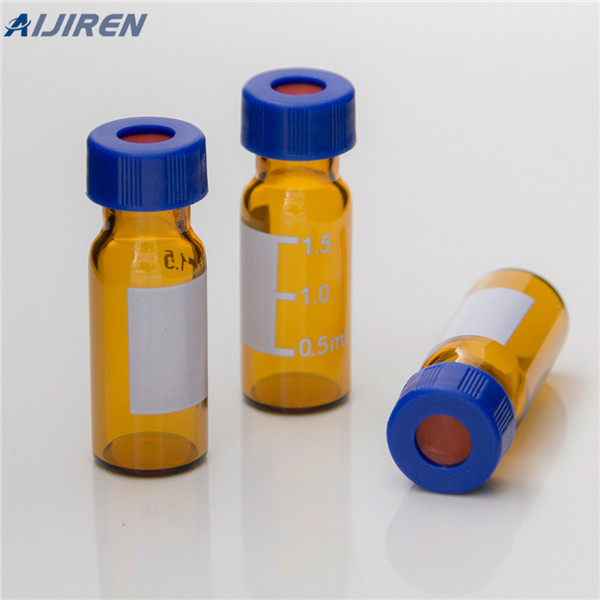
Dec 1, 2017 · Gaussian peak shapes in chromatography are indicative of a well-behaved system. Such peak shapes are highly desirable from the perspective of column packing technology. From an analyst’s point
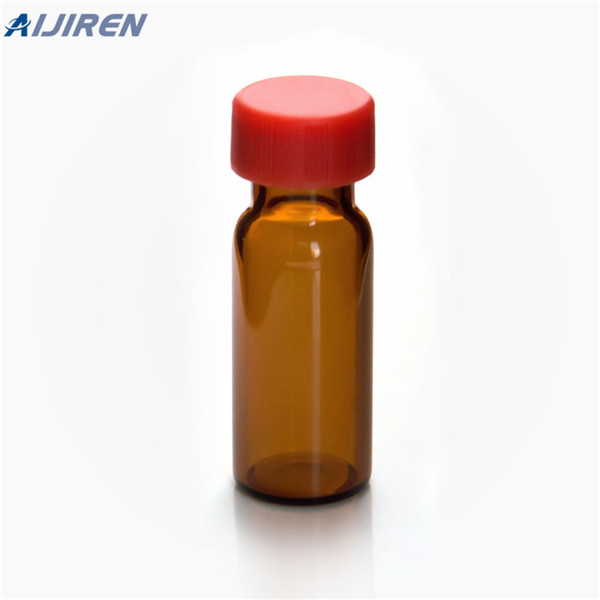
Aug 1, 2020 · This SOP shall be used as such for “Good Chromatographic Practices” in Quality Control Laboratory. 3.0 RESPONSIBILITY – GOOD CHROMATOGRAPHY PRACTICES. The Executive/Officer QC shall be responsible; To carry out the analysis and record the findings as per SOP. To intimate the Head QC / designee in case of any deviation from the SOP.

How to Obtain Good Peak Shapes. In general, sharp peaks are preferred in chromatography because broad peaks can easily overlap each other In addition, since the peak area is proportional to the concentration, the narrower the peak is, the higher the peak height becomes This is favored in terms of sensitivity. 1-1. Minimizing Sample A dsorption.

If the vial has a septum type closure, be careful of the following points to prevent contamination. 1) Do not touch the septum with bare hands (especially if covered in perspiration). 2) Rinse the vial interior with ultrapure water, and then rinse with the sample solution. If the above measures, 1 and 2, do not resolve the problem, try the
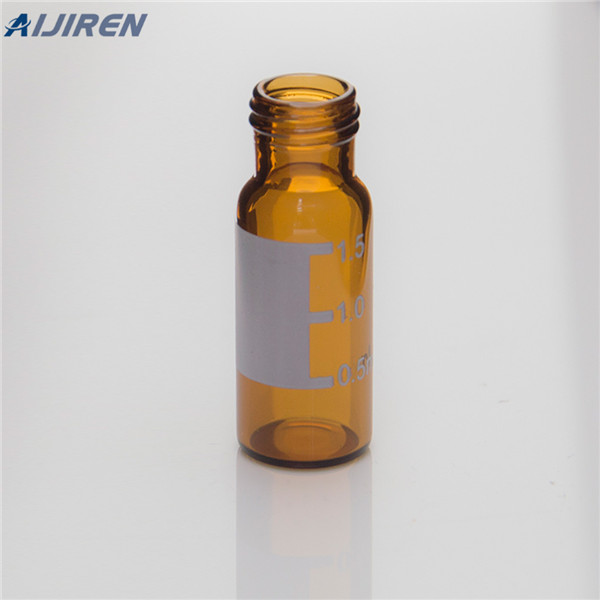
chromatographic peak resolution and efficiency. Limits were set for each parameter to ensure quality chromatographic outputs. Ideally, the method should be set at the center point of the design space region to ensure a robust method. However, there may be other restraints such as manufacturer's recommendations, pressure restrictions,

deteriorating peak shapes For anion-exchange IC, poor peak shapes can result from metal ion contamination of the membrane. Regeneration or cleanup of the membranes using the manufacturer’s recommended procedures should be attempted. Be Bold We’re on your sdi e Advancing your IC science–45 years strong Detectors and detection Electrolytic

Feb 28, 2017 · (4) A holistic description of chromatographic peaks through six parameters describing the two independent generalized Gaussian distributions that underlie the WBQ chromatographic peak model. (5) Characterization of shape by widths at multiple heights and shape-based impurity detection.

Sep 12, 2021 · The chromatographic peak in Figure 12.2.9 a is an example of peak tailing, which occurs when some sites on the stationary phase retain the solute more strongly than other sites. Figure 12.2.9 b, which is an example of peak fronting most often is the result of overloading the column with sample. Figure 12.2.9 . Examples of asymmetric

Sep 6, 2016 · As expected this data set confirms that peak shape and plate count can be optimised by using a non-polar diluent, see Figure 3. In this case the theoretical plate count, calculated as in Figure 4, was taken to be a measure of efficiency and therefore a judge of the quality of the chromatography.

Gaussian peak shapes, and drifting baselines. This makes the rule‐ based automatic peak integration difficult to reproduce and apply on complex chromatographic profiles, that have coelution or partially resolved peaks, excessive peak tailing, baseline and matrix interfer-ence, and nonlinear trends. Thus, leading to incorrect peak
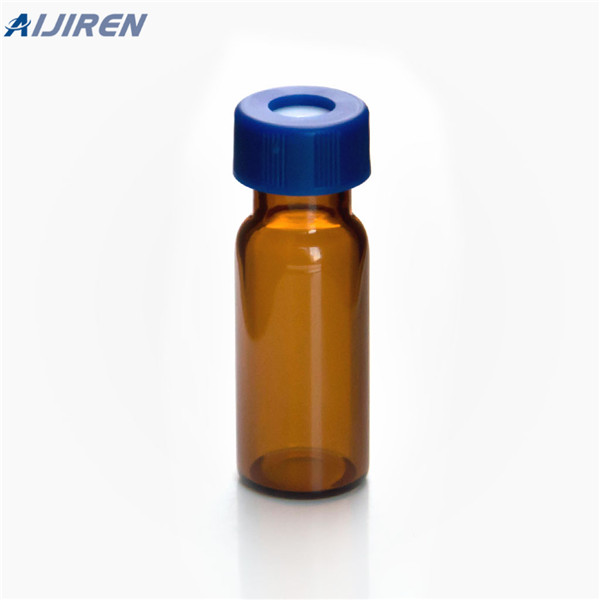
Abnormal peak shapes are a common problem when conducting routine analysis work. Peak abnormalities that are clearly noticeable in chromatograms include peak broadening (including extreme tailing or leading edges), shoulder peaks, and split peaks, as illustrated in Figure 1. If any of those peak abnormalities appear in chromatograms, they could